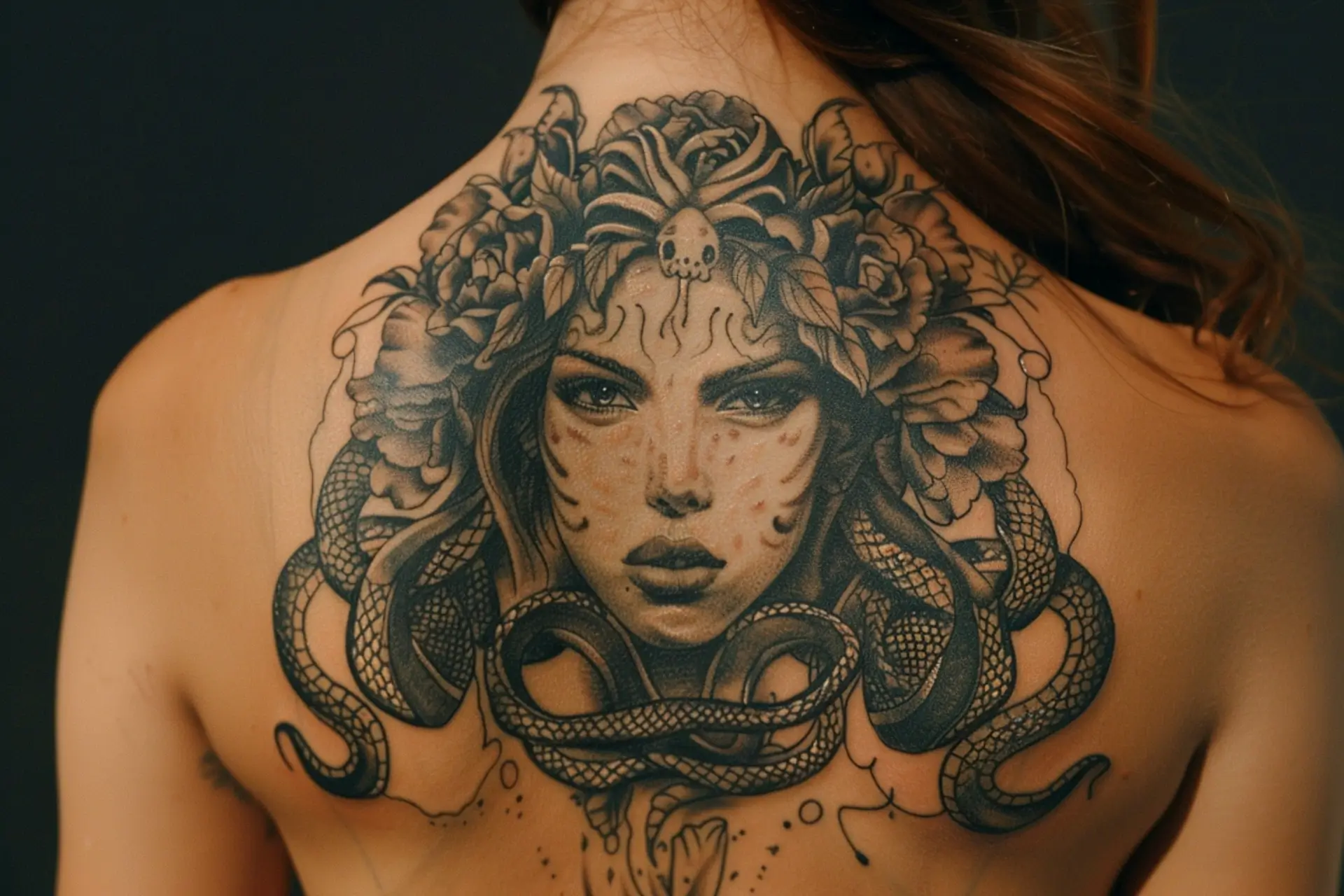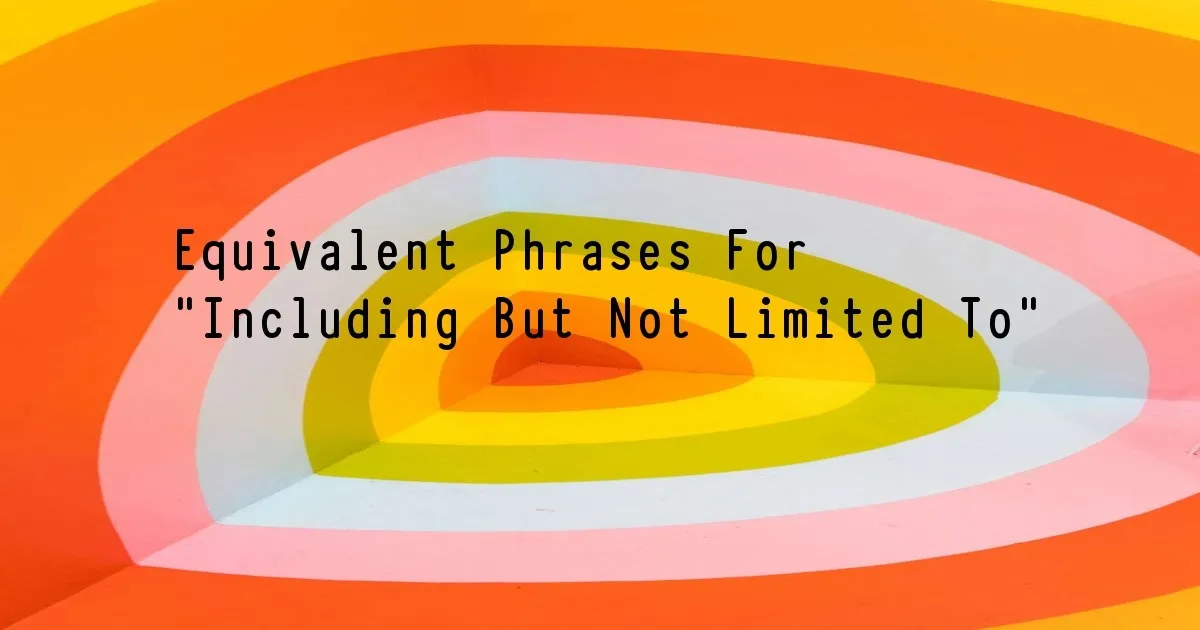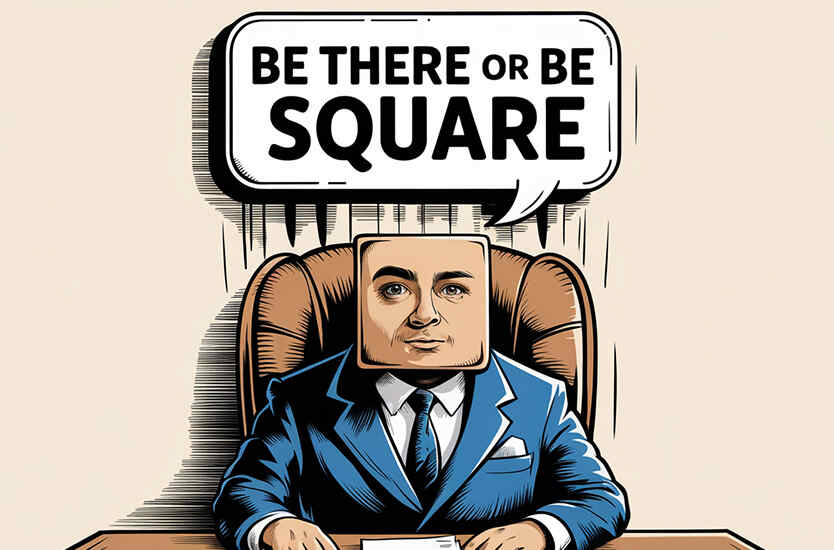Mastering Shading Techniques: A Comprehensive Guide to Shading Needles
Introduction
Shading is a fundamental aspect of tattoo artistry, adding depth, dimension, and texture to designs. To achieve smooth and precise shading, tattoo artists rely on specialized shading needles. This comprehensive guide explores the world of shading needles, their unique characteristics, and the techniques used to create captivating shaded tattoos. By understanding the different types of shading needles and their applications, artists can master the art of shading and elevate their tattooing skills.
Understanding Shading Needles
Shading needles are a crucial tool in a tattoo artist’s arsenal, specifically designed for creating smooth gradients, depth, and texture in tattoo designs. These needles typically feature multiple fine needles arranged in a specific configuration to facilitate controlled ink saturation and blending.
Types of Shading Needles
Round Shaders (RS): Round shader needles are composed of multiple needles arranged in a circular configuration. They are commonly used for shading and blending larger areas of a tattoo design. The round shape allows for smooth color transitions and soft gradients.
Magnum Shaders (M1): Magnum shaders consist of two or more rows of needles arranged in a rectangular or straight line configuration. They are ideal for shading and filling larger areas efficiently. Magnum shaders provide excellent coverage and can create bold and vibrant shades.
Curved Magnum Shaders (CM): Curved magnum shaders feature a curved configuration, which allows for better adaptation to the body’s contours. They are particularly useful when shading areas with curved or uneven surfaces, providing smoother and more natural-looking results.
Weaved Shaders: Weaved shader needles are composed of multiple layers of closely packed needles. The unique arrangement creates a textured effect, mimicking the appearance of brush strokes or stippling. Weaved shaders are popular for creating depth, texture, and intricate shading effects in certain tattoo styles.
Shading Techniques
Circular Motion: Using a round shader or magnum shader, artists can create shading effects by moving the needle in small circular motions. This technique helps achieve smooth gradients and even shading.
Layering: Gradual layering of ink allows artists to build up shades gradually, starting with lighter tones and gradually adding darker hues. This technique creates depth and dimension in the tattoo design.
Dotwork: Dotwork shading involves the meticulous placement of tiny dots using a round shader or weaved shader. By varying the density and size of the dots, artists can achieve shading effects that give the illusion of texture and depth.
Whip Shading: Whip shading involves quick, sweeping motions with a round shader or magnum shader. This technique creates a textured and stippled effect, adding depth and dimension to the shading.
Considerations for Shading Needles
When selecting shading needles, tattoo artists should consider factors such as needle configuration, needle grouping, gauge thickness, and their personal shading style. Experimenting with different needle types and configurations allows artists to find the tools that suit their preferred techniques and desired shading effects. Additionally, using high-quality tatoo needles made from durable materials and ensuring proper sterilization procedures are crucial for achieving optimal results and maintaining client safety.
Conclusion
Shading needles are invaluable tools for tattoo artists looking to create captivating shaded designs. By understanding the different types of shading needles and employing various shading techniques, artists can master the art of shading and elevate the visual impact of their tattoo work, bringing depth and dimension to their artistic creations.

Recent Post
What is The Meaning of a Medusa Tattoo?
January 9, 2025
The Meaning of Encanto in Spanish and Origin
January 4, 2025
Equivalent Phrases For “Including But Not Limited To”
December 30, 2024
How To Make Weekend Greetings More Fun?
December 30, 2024
10 Modern Sayings Similar To “Be There Or Be Square”
December 30, 2024







